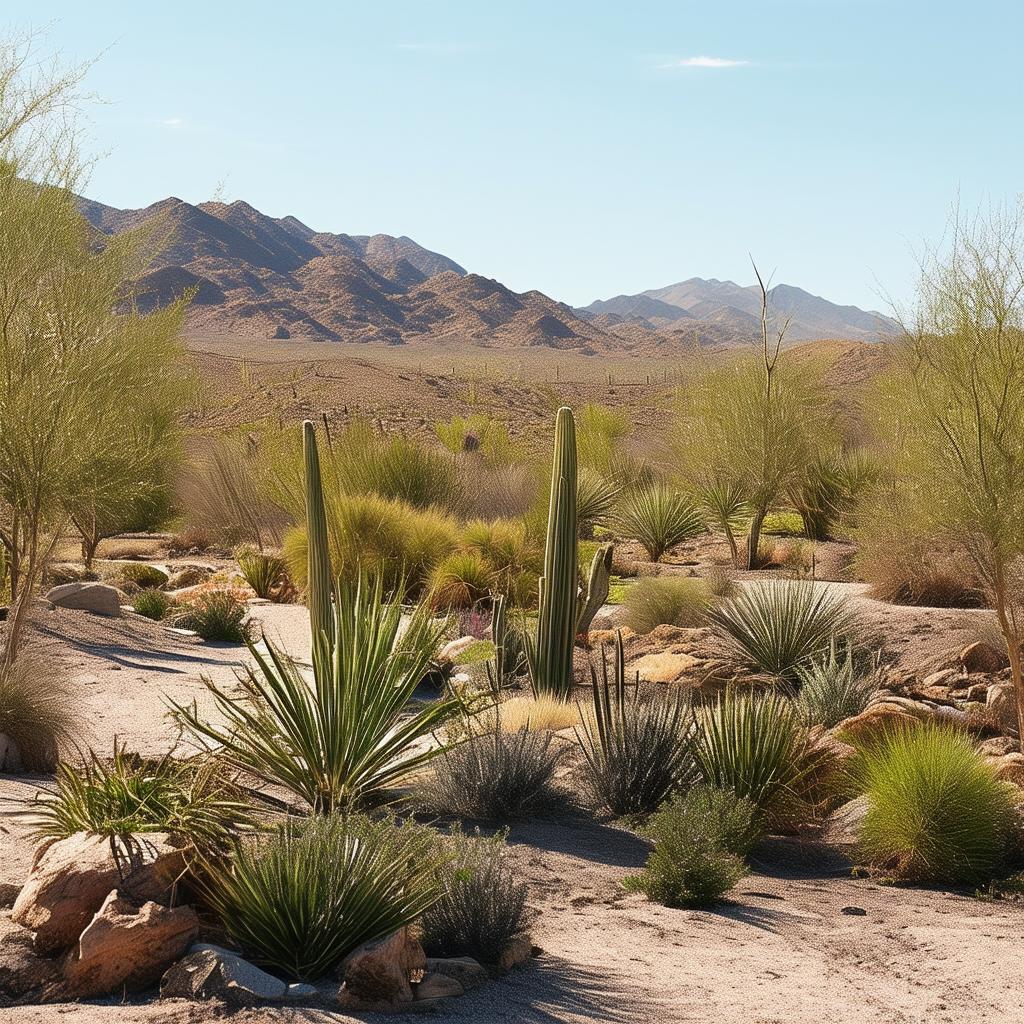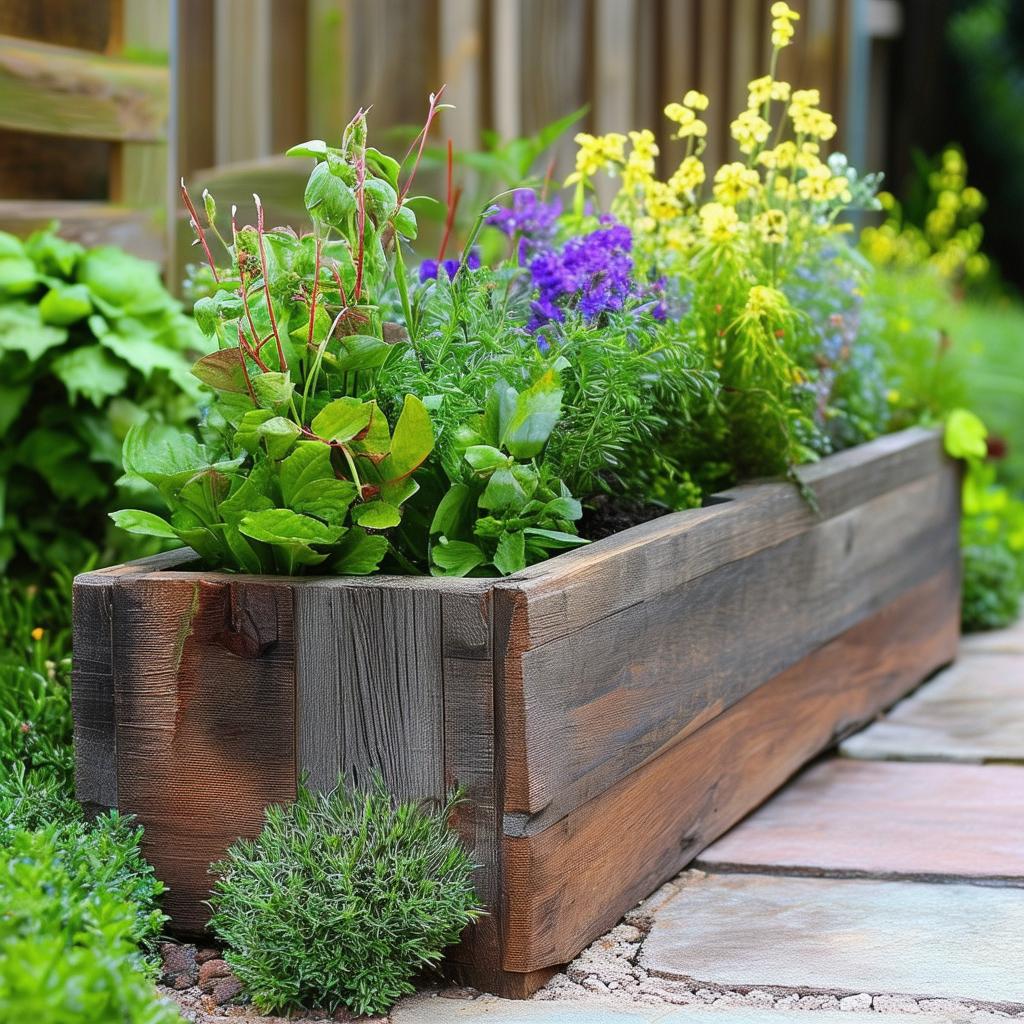In the harsh and unforgiving landscapes of the desert, one may not think it possible to create a lush oasis of greenery and beauty. However, through innovative landscape design and sustainable practices, it is indeed possible to transform arid desert wasteland into a thriving paradise. This article explores the concept of creating a sustainable oasis in the desert, highlighting the importance of thoughtful design, water conservation, and plant selection in order to achieve a harmonious blend of nature and human intervention.
From drought-resistant plants and efficient irrigation systems to eco-friendly materials and innovative design techniques, creating a sustainable oasis in the desert requires a comprehensive approach that considers both the needs of the environment and the desires of the inhabitants. By embracing the challenges and opportunities presented by desert landscapes, landscape designers can work to create breathtaking spaces that not only enhance the beauty of the natural surroundings but also contribute to the overall sustainability and health of the ecosystem. Join us on a journey through the fascinating world of sustainable oasis design, where creativity, conservation, and beauty come together to bring life to the desert.
Introduction: Transforming Arid Landscapes into Vibrant Gardens
Imagine a barren desert landscape transformed into a lush oasis filled with vibrant gardens and flourishing plant life. This is the vision we aim to achieve through sustainable landscape design practices. By harnessing the power of nature and innovative design techniques, we can create a paradise in even the most arid of environments.
Our approach to transforming arid landscapes into vibrant gardens focuses on utilizing native plant species that are well-adapted to the harsh conditions of the desert. These plants not only thrive in their natural environment but also require minimal water and maintenance, making them ideal for sustainable landscaping projects. By incorporating a diverse range of native plants, we can create a rich tapestry of colors, textures, and scents that enhance the beauty of the landscape.
| Benefits of Sustainable Desert Landscaping: | Conserves water | Reduces maintenance | Promotes biodiversity |
|---|
In addition to plant selection, we also focus on implementing water-efficient irrigation systems, such as drip irrigation, to minimize water waste and ensure that plants receive the right amount of moisture. By working in harmony with the natural elements of the desert, we can create a sustainable oasis that not only enhances the beauty of the landscape but also preserves the delicate ecosystem for future generations to enjoy.
Utilizing Indigenous Plant Species for Sustainability
Sustainable Oasis: Creating a Desert Paradise Through Landscape Design
Imagine walking through a lush garden in the middle of the desert, surrounded by vibrant greenery and colorful flowers. This dream can become a reality by utilizing indigenous plant species in landscape design. By incorporating plants that are well-suited to the local climate and soil conditions, we can create sustainable oases that not only beautify our surroundings but also support the local ecosystem.
One of the key benefits of using indigenous plant species is their resilience to the harsh desert environment. These plants have evolved over time to survive with minimal water and nutrients, making them ideal for sustainable landscaping. By reducing the need for irrigation and fertilizers, we can lower our environmental impact and create landscapes that are more in harmony with nature.
| Plant Species | Water Needs | Sunlight Requirements |
| Agave | Low | Full Sun |
| Desert Marigold | Low | Full Sun |
| Purple Sage | Low | Partial Shade |
Innovative Irrigation Techniques for Water Conservation
Imagine transforming a barren desert landscape into a lush oasis using cutting-edge irrigation techniques that prioritize water conservation. With the right approach to landscape design, it is possible to create a sustainable paradise in even the driest of climates. By implementing innovative irrigation methods, such as drip irrigation and smart watering systems, you can significantly reduce water waste while still maintaining a beautiful and thriving outdoor space.
One of the key components of creating a desert paradise through landscape design is utilizing native plants that are well-adapted to the harsh environment. Native plants require less water and maintenance compared to traditional landscaping options, making them an ideal choice for sustainable gardens in arid regions. Incorporating drought-resistant plants into your landscape design not only conserves water but also adds a unique and natural touch to your outdoor space.
| Water-Saving Tip | Description |
|---|---|
| Xeriscaping | Use drought-tolerant plants and landscaping techniques to reduce water usage. |
| Rainwater Harvesting | Collect and store rainwater for irrigation purposes, reducing the need for tap water. |
Utilizing Eco-Friendly Materials for Desert Landscape Design
When it comes to creating a sustainable oasis in the desert, utilizing eco-friendly materials is key. By incorporating elements that are both environmentally friendly and aesthetically pleasing, you can transform a barren landscape into a lush paradise. One way to achieve this is by using recycled materials such as reclaimed wood or recycled glass in your design. Not only does this help reduce waste, but it also adds a unique touch to your outdoor space.
Another eco-friendly option for desert landscape design is to incorporate drought-resistant plants. By choosing native species that are adapted to the arid climate, you can create a beautiful and low-maintenance garden that thrives in the harsh conditions of the desert. Some examples of drought-resistant plants that are perfect for desert landscapes include succulents, cacti, and agave.
| Benefits of using eco-friendly materials in desert landscape design: |
|---|
| Reduced environmental impact |
| Conservation of natural resources |
| Increased sustainability |
In addition to using eco-friendly materials and drought-resistant plants, incorporating sustainable irrigation systems can further enhance the eco-friendliness of your desert oasis. Installing a drip irrigation system or utilizing rainwater harvesting techniques can help conserve water and reduce your overall water usage. By combining these elements with thoughtful design and careful planning, you can create a sustainable and beautiful outdoor space that brings new life to the desert landscape.


